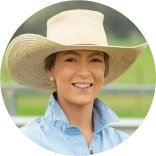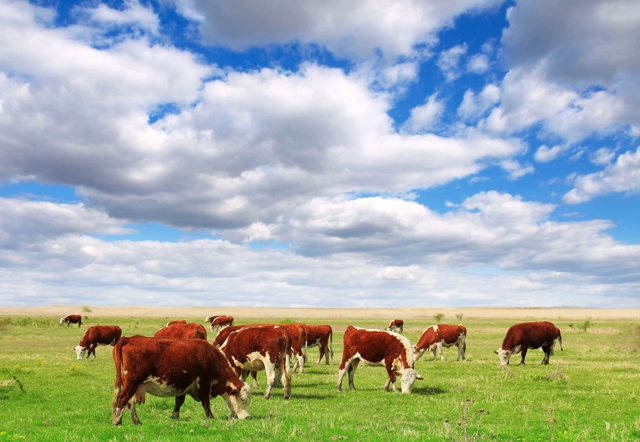Be alert for grass tetany signs
04 Aug 2021
 PRODUCTION ADVICE - AUGUST 2021 - ANIMAL BIOSECURITY AND WELFARE
PRODUCTION ADVICE - AUGUST 2021 - ANIMAL BIOSECURITY AND WELFARE
By Eve Hall, District Veterinarian, and Jody Pericleous, final year veterinary student
M: 0439 078 989 | E: eve.hall@lls.nsw.gov.au
Recent heavy rainfall and the emergence of plenty of green grass has seen an increase in the risk of grass tetany (hypomagnesaemia) in livestock. While both sheep and cattle can be affected, cattle are typically more susceptible.
Grass tetany occurs when magnesium levels in the blood fall below a critical level. Magnesium is important for nerve function, so signs of grass tetany can include:
- muscle twitching
- hyper-excitability
- aggressiveness
- bellowing
- a stiff or staggery gait
- recumbency (going down)
- thrashing and paddling
- death.
Livestock require a constant daily intake of magnesium from the diet as they cannot readily access magnesium from their body stores. Grass tetany can develop when there is either a lack of magnesium in the diet, or an increase in losses of magnesium from the body (in urine, faeces or milk), or both.
Magnesium can be limited in lush green, rapidly growing, grass-dominant pastures or crops common through late autumn and winter. High potassium levels in these types of feeds can also further impact on magnesium availability to the animal. Additionally, the high moisture and low fibre content of these diets results in fast gut transit and reduces opportunity for magnesium absorption, further exacerbating the problem.
Livestock at most risk are those that are lactating as they are losing significant amounts of magnesium in the milk and as such have higher daily magnesium requirements. Autumn calving cows on short green autumn and winter pastures are typically the highest risk for grass tetany.
Further trigger factors for an outbreak can include:
- Sudden changes in diet
- Stressful events i.e. transport, mustering, or inclement weather.
Preventative measures commonly adopted include:
- shifting calving season – for example, switching to spring calving when weather is better and pastures are less grass-dominant
- reducing the average age of the cow herd – older cows typically produce higher volumes of milk so have higher magnesium demands
- supplementing livestock with magnesium in licks or slurries during the high-risk period – ensuring uniform intake can be a challenge
- providing plenty of roughage to slow gut transit and improve magnesium absorption
- managing trigger factors by providing shelter, and avoiding transport or mustering during high-risk times.
Treatment of affected animals includes administration of magnesium solutions (e.g. 4-in-1 solution) under the skin or into the vein under veterinary supervision. Relapse is common.
For more information on preventing and managing grass tetany, you can consult your local vet or contact a Murray Local Land Services District Veterinarian.